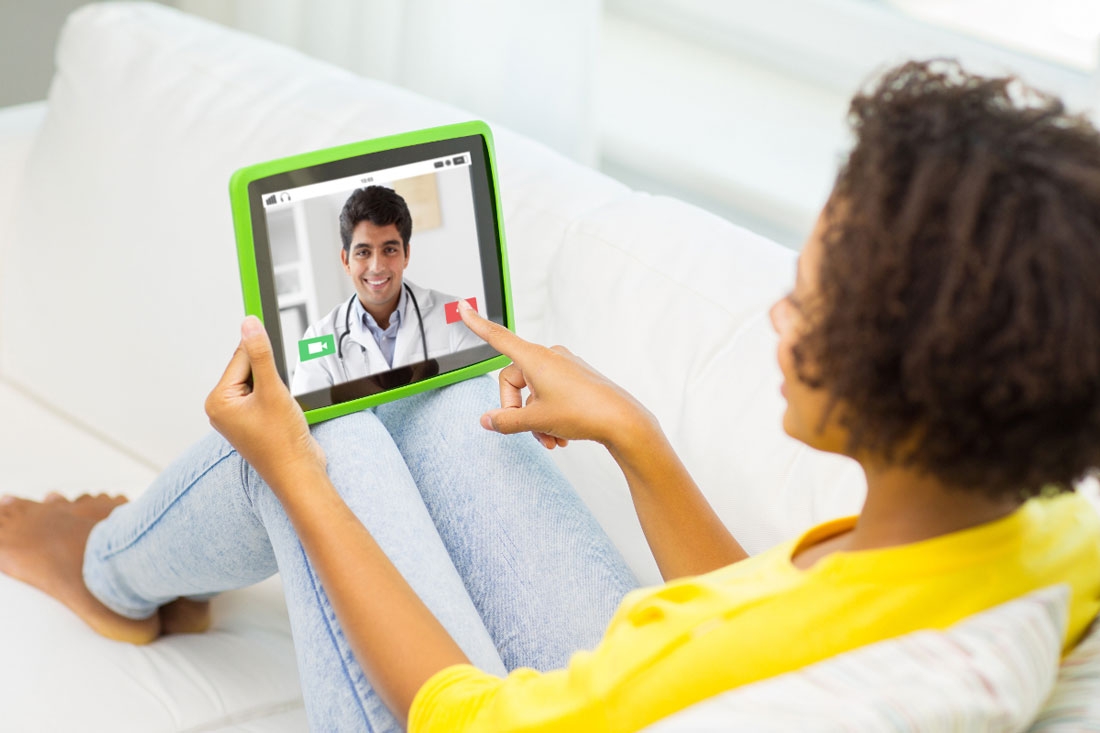As providers of essential services, healthcare professionals must continue going to work despite the recent “stay at home” orders mandated in multiple states all around the nation. With the coronavirus now confirmed to be circulating in all 50 states, protecting your practice is more critical than ever. At this point, you can safely assume that your office will be exposed to coronavirus at some point or another.
Knowing how to respond can help protect you, your staff, and your patients from the further spread of the disease.
Taking Preventive Measures
In response to the pandemic, the Centers for Disease Control and Prevention (CDC) has released interim guidance for businesses and employers to prevent and control the spread of the novel coronavirus. These recommended strategies include encouraging sick employees to stay home and separating sick employees from the rest of the workplace. Employers should restrict workers with fevers of at least 100.4° F from coming in until they have been symptom-free for at least 24 hours without the help of fever-reducing or symptom-altering medicine.
Employers may also need to alter sick leave policies to be more flexible and consistent with public health guidance. From now on, employers should encourage their employees to take off any time they need. Notes from healthcare providers should not be necessary to excuse an absence at this time. Any employee who displays symptoms of respiratory illness upon arrival or during the workday should be separated from others and sent home immediately. If the employee has exposed the workplace to COVID-19, pregnant workers and those at higher risk for the virus (i.e., the elderly and those with pre-existing conditions) should not be asked to come into work at all.
General Guidelines
Healthcare professionals are at particular risk of interacting with infectious people and having their work environment contaminated. As such, they should take extra precautions accordingly, as laid out by the Occupational Safety and Health Administration (OSHA). Some of the regulations can apply to workers in all industries. For example, employees should take care to wash their hands frequently and properly.
This involves scrubbing with soap and water for at least 20 seconds or using an alcohol-based hand sanitizer with at least 60% alcohol content when soap is unavailable. If possible, practice social distancing by staying a minimum of six feet away from others at all times. Of course, in some client-facing practices, this is inapplicable advice. In any case, all healthcare employers should implement OSHA’s infection control strategies based on thorough hazard assessments and utilizing both engineering and administrative controls, along with safe work practices and personal protective equipment (PPE).
Handling Patients Infected With the Novel Coronavirus
Engineering controls consist of physically separating any infected patients (or those suspected to be infected) from other patients, ideally in an airborne infection isolation room (AIIR) with proper ventilation. Acceptable alternatives include isolation tents, other portable containment structures, or even just a private room. Any air from the room must exhaust directly outside or, if recirculated, through a HEPA filter. Administrative controls consist of isolating any patients with suspected or confirmed novel coronavirus.
Ideally, those with confirmed cases should even be separated from those with suspected cases. Only a limited number of personnel should enter the room of a patient with suspected or confirmed COVID-19, and only with the use of proper PPE. Conducting safe work practices means performing as many tasks as possible in areas away from any patients with suspected or confirmed COVID-19. Do not remain in an isolation room for any longer than necessary. Limit opportunities for touch contamination. Touch clean body sites or surfaces before any dirty or heavily contaminated areas, and avoid touching anything unnecessarily with contaminated gloves.
It is vital to use proper PPE when exposed to a patient who may be infected with the novel coronavirus. The CDC and OSHA recommend healthcare professionals wear eyes/face protection, gowns, gloves, and National Institute for Occupational Safety and Health (NIOSH)-certified, disposable N95 respirators or better. Do not touch a contaminated piece of PPE without gloves, and always wash hands with soap and water afterward.
Operating Your Dental Practice During the Pandemic
Of course, providing essential services may look different for different types of healthcare professionals at this time. Recently, the American Dental Association (ADA) issued its members with detailed guidance on what to consider dental emergencies and non-emergency dental care.
The ADA has also recommended that dentists all over the country postpone any elective procedures to help stop the spread of the novel coronavirus. It is important to remember that these guidelines are not static and may continue to change throughout the pandemic. The ADA defines dental emergencies as those occurrences that are potentially life-threatening and call for immediate treatment to stop ongoing tissue bleeding or relieve severe pain or infection.
Dental emergencies may also involve:
- Cellulitis or a diffuse soft-tissue bacterial infection with intra- or extra-oral swelling potentially compromising the patient’s airway
- Facial trauma potentially compromising the patient’s airway
- Uncontrolled bleeding
Following a New Protocol
Aside from treating emergencies, dentists should also keep their doors open to patients seeking urgent dental care. Urgent dental care refers to dental conditions requiring immediate attention to relieve the patient of severe pain or risk of infection. These procedures should be treated as minimally invasively as possible and should be performed by dentists whenever possible to ease the load on hospital emergency departments.
Dentists may exercise their own discretion on whether or not a patient requires immediate attention. However, they should be aware that continuing to perform routine or non-urgent dental procedures during the pandemic may contribute to the spread of disease or even lead to a backlash against their practice itself.
In these trying times, we must all stay calm and do what we can to limit the spread of disease. Healthcare professionals must take extra precautions, and staff may need to be trained and retrained as necessary. Now more than ever, it is crucial that we all stand together.
Doctor Genius, located at 2 S Pointe Dr #200, Lake Forest, CA 92630, provides a range of services for practice success. We seek to meet our clients’ needs by providing a variety of marketing, SEO, practice optimization tools, and coaching to transform the healthcare experience. Though we work to provide the most accurate information, the content found on this website is solely intended for entertainment purposes. Therefore, we cannot guarantee that the information provided is entirely correct. You may not use the information on this site to cure, prevent, or diagnose a perceived medical issue. If you have healthcare-related needs, please speak directly to a healthcare professional. Never self-perform medical treatments discussed on this website. All images displayed are also for entertainment purposes only, and personal experiences may differ. Please note that the business tactics mentioned on this site might not be applicable to your industry or practice.

